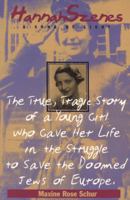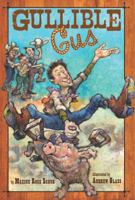Waterway
Select Format
Select Condition 
Based on Your Recent Browsing
Book Overview
Waterway includes new works that Eva Lootz has created specifically for La Casa Encendida, as well as most of the series from the Hydrographies project that the artist has been working on since 2005, which focuses on the theme of water and the rivers of the Iberian Peninsula in particular. The series on display explore themes such as the historical transformations of watercourses, the impact on the development of cities, the superimposed strata of place names, the physiognomy of the terrain, water policy and the dangers inherent to the privatisation of water, all addressed through drawings, panels, videos, light boxes and sculptures. This description may be from another edition of this product.
Format:Paperback
Language:English
ISBN:8496917584
ISBN13:9788496917583
Release Date:December 2009
Publisher:La Casa Encendida
Length:88 Pages
Weight:0.55 lbs.
Dimensions:0.3" x 6.4" x 9.1"
Related Subjects
Biological & Chemical Education & Reference Engineering History Military Science Military Sciences Nuclear Nuclear Physics Physics Political Science Politics & Government Politics & Social Sciences Science Science & Math Science & Scientists Science & Technology Social Sciences Specific Topics Technology Terrorism Weapons & WarfareMore by Maxine Rose Schur
Customer Reviews
3 customer ratings | 2 reviews
There are currently no reviews. Be the first to review this work.













































